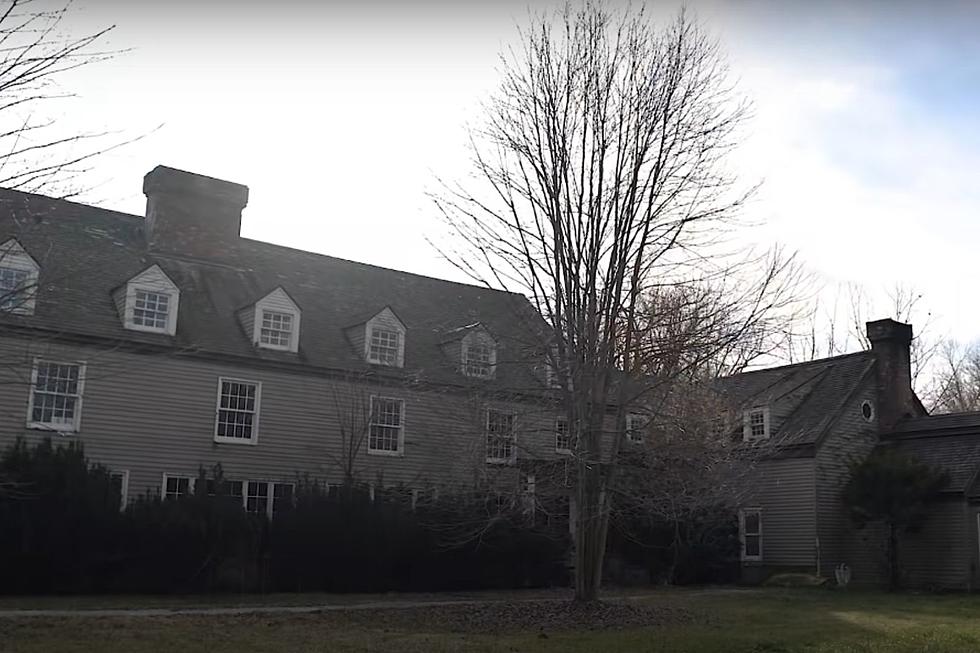
Watch Lightning Strike in St. Louis at 10,000 Frames-Per-Second
If you blink, you can miss a lightening strike. It's much easier to take in the awesome power of these sky bolts when it's slowed down to 10,000 frames-per-second which is what a photographer in St. Louis did yesterday as thunderstorms moved through the metro area.

If you don't already follow Dan Robinson on YouTube, do yourself a favor and do it. Dan is a great photographer and knows a thing or two about weather. Here's how he described what he witnessed on his YouTube share:
Multiple thunderstorms with frequent and vivid cloud-to-ground lightning strikes moved across the St. Louis metro area on Wednesday, August 3, 2022. The negative CG strikes filmed with a high speed camera at 10,034fps show stepped leaders, dart leaders and dart-to-stepped leader transitions that are not discernable to the human eye in real time.
I have no clue what some of the particulars are about what type of lightning he's describing. What I do know is this is fun to watch.
Dan's new video inspired me to go to the National Weather Service page to try and understand lightning better. Here's a snippet of what they had to say about lightning charges, etc:
Typically, a negative flash of lightning will be comprised of an initial stepped leader/return stroke followed by 2 or 3 subsequent dart leaders/return strokes. Multiple return strokes will cause the lightning to flicker.
I'm gonna pretend I understand what that means. What I do know is you really should follow Dan Robinson on YouTube. He's always sharing nifty weather stuff that happens in and around the St. Louis area.
Someone Managed to Get a Sectional into this Missouri Tiny Home
This Cabin Between Hull & Kinderhook Sits Next to a Cozy Creek
More From KICK AM, Classic Country









